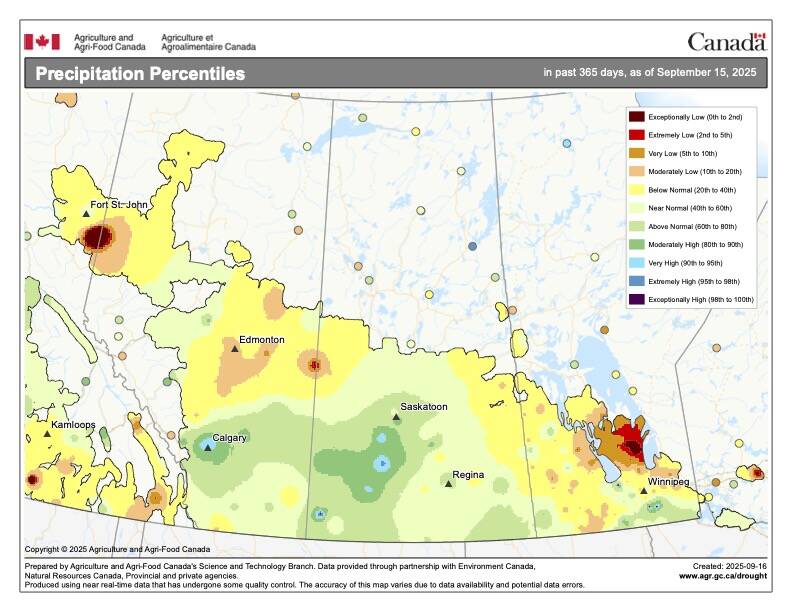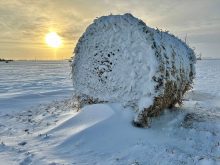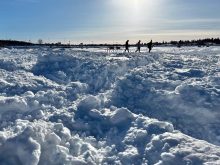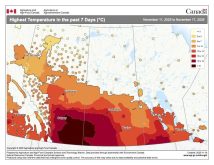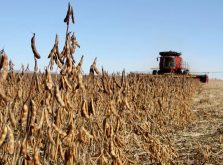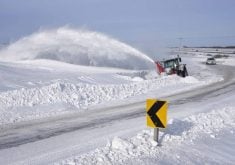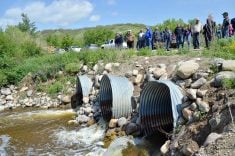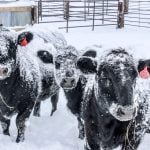At the end of the last issue, I had run out of room to discuss additional winter weather folklore, so here’s part 2. For my first column on common winter weather prediction folklore, read here.
I thought for this issue I would look at fall frost, but since there has yet to be widespread frost across the Prairies, I will wait. I also thought that maybe we should go back and examine some of the heavy rainfall events that hit parts of southern Manitoba over the last week or two as there were perfect examples of exactly what I wrote in the recent extreme rainfall weather articles — slow moving systems and training thunderstorms.
Over the past week, though, I had a fair number of emails about additional winter weather folklore, so for this article we will take one last final look. We will follow the same format as last time, listing the folklore and then dissecting it a little bit to see if they are or can be used to predict future weather.
Read Also
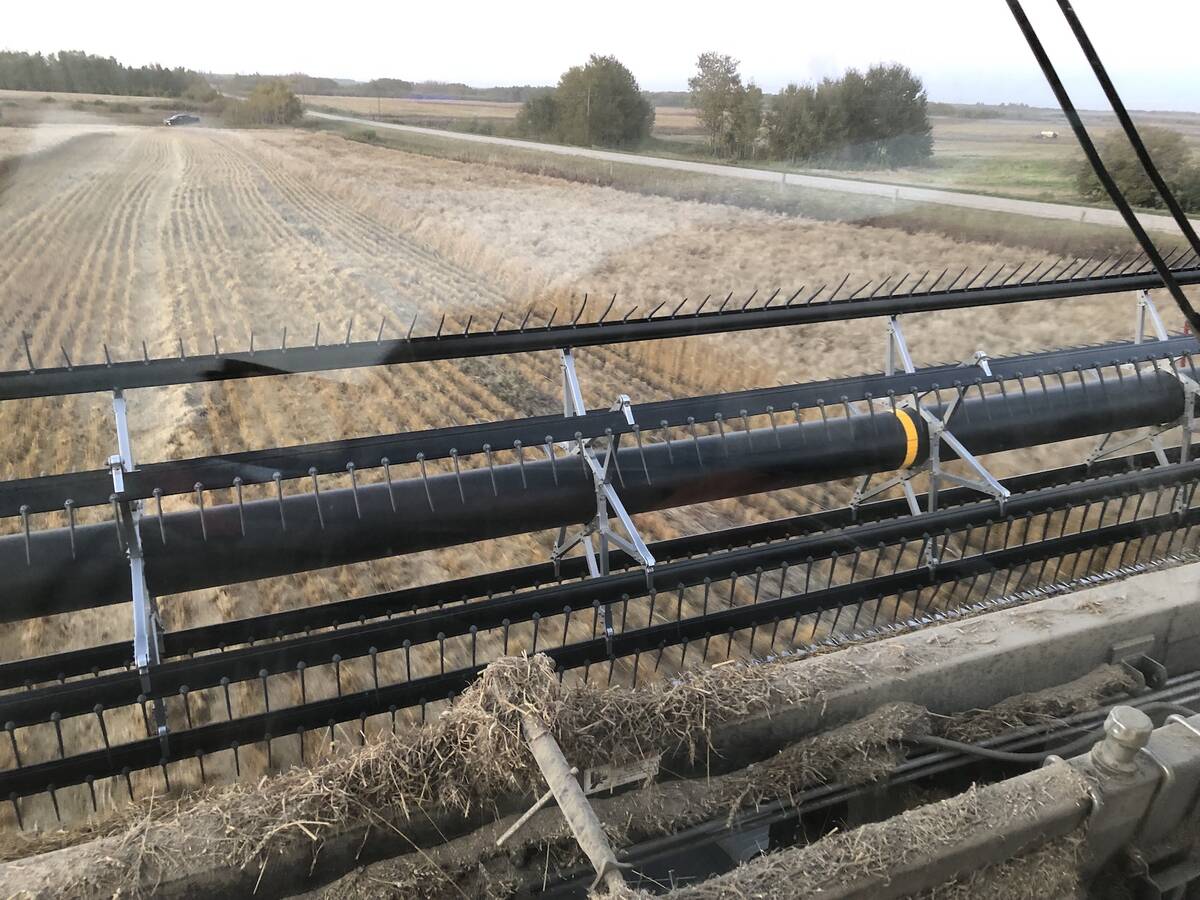
The poetic epic of Manitoba farming 2025
Former Manitoba Co-operator editor John Morriss returns for his yearly poetic sum up of the farming year and look ahead into 2026.
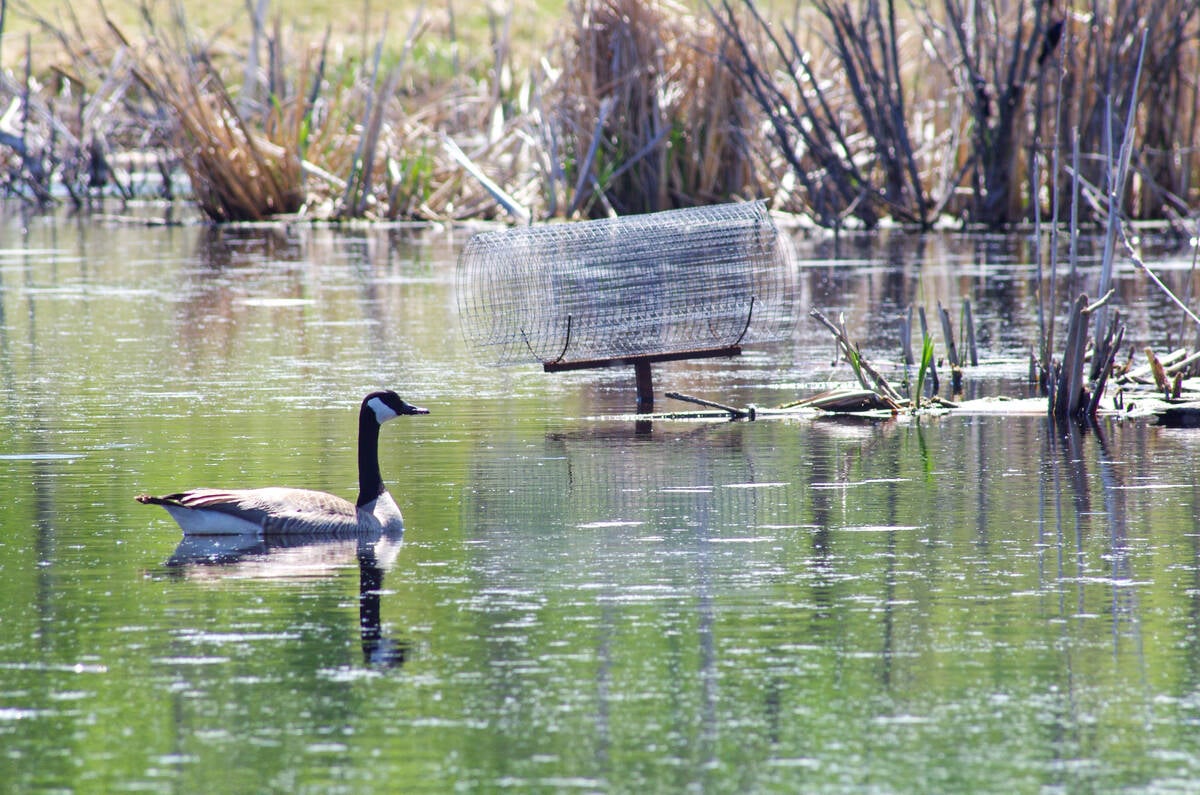
Cranes, herons, and geese leave early
I’ve heard this one a lot. Heck, someone just asked me about it the other day saying that they heard this winter is going to be bad because the geese showed up earlier than usual. According to the folklore, if cranes, herons, and geese departed unusually early in the fall, it means an early and harsh winter.
The key word is here is depart. Typically, these birds migrate when wetlands begin to cool, and food becomes scarce. An early arrival of fall geese and cranes simply means that the food sources further north have likely been depleted, either by earlier arrival of cold air or summer weather that was not supportive of an ample food supply.
Looking at this year, I would have to go with the latter. Geese that are arriving now will stick around if there is a food source. So, I don’t think this one will help foretell what the upcoming winter will be.
Beaver lodge-building habits
If beavers built their lodges with unusually thick walls and small entrances, a cold and snowy winter is coming. I can’t comment on this directly as I have never investigated beaver lodges so I will have to go with the experts on this one. Beavers instinctively reinforce lodges with mud and sticks before the ice forms in the fall. If the fall is especially cold, they may prepare more heavily.
This means that this particular folklore can reflect the immediate fall climate — but doesn’t always predict the whole winter.
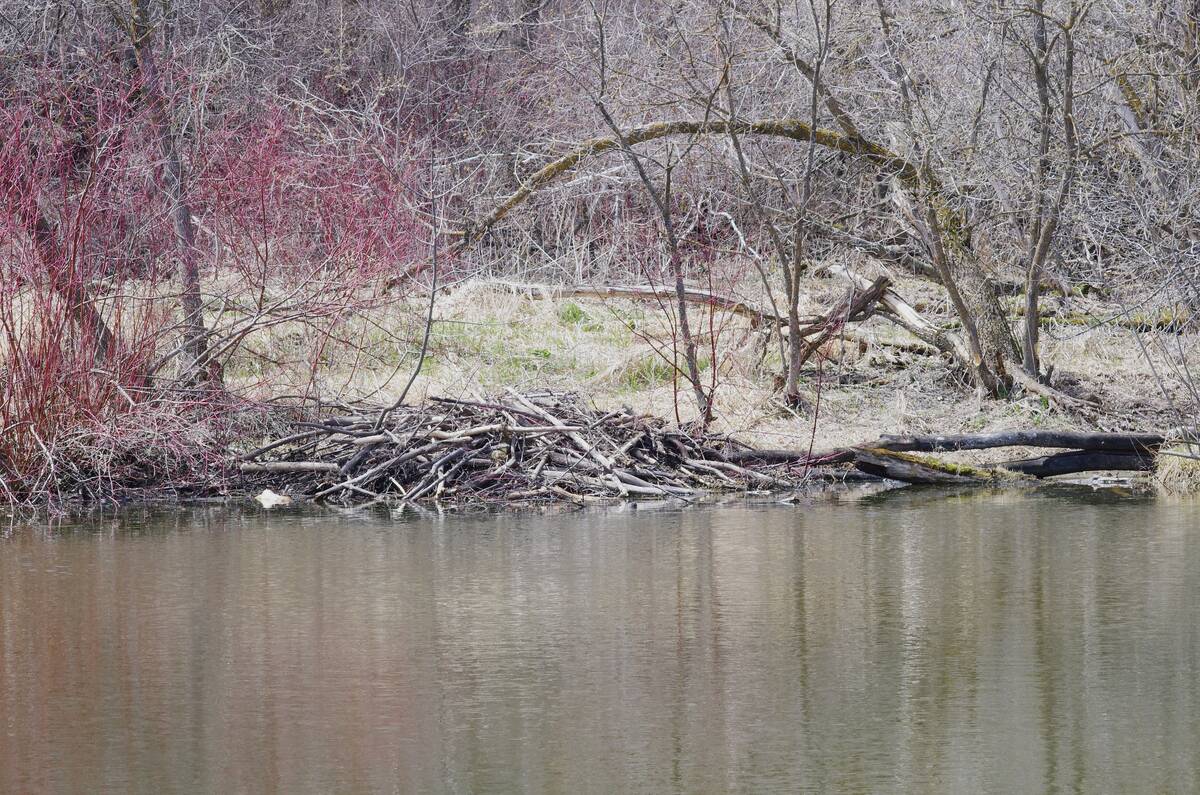
Snowshoe hare fur turning early
Now this one I have seen as I have a family of hares that live in the back fields of my place. The story goes that if snowshoe hares turned white earlier than usual, the winter would be long and snowy.
According to scientists, hares’ fur color changes are triggered mostly by day length (photoperiod), but temperature and snow cover can influence timing too. A very early change can sometimes align with early or heavy snow, but as for predicting the whole winter, looking back, most really bad winters did start early — but not all early starts to winter ended up being a bad winter.
Frogs going silent early
This piece of folklore states that when frogs and crickets stopped singing unusually early in autumn, there will be a long winter ahead. Amphibians and insects stop calling as nighttime temperatures drop, but especially with frogs, activity is dependent on moisture levels.
I have found that in a dry fall, the frogs on my property disappear. If it is wet, then they are out. There have even been reports of frogs being vocal during extreme warm and wet spells in November and December. So, I would say that this one is also more of an indication of current weather conditions and has little to due with predicting winter weather.
The call of the loon
I wish I lived where I could hear loons in the winter as their call is one of my favorite things to hear in the summer. I’ve heard it said that if loons call out loudly and frequently in late autumn, it signals an unsettled, stormy winter.
From some of my research into this, I found that loons are sensitive to changing air pressure and lake conditions. Increased calling can be linked to them getting agitated during shifting weather systems which means loons can be sensitive to changing weather and upcoming possible stormy conditions.
This then leads us to the whole stormy start to winter and whether that means it will be a long snowy winter or not.
Unusual winds in autumn
Another suggestion is that strong north winds in early autumn mean a severe winter, while prevailing south winds meant a milder season.
This one makes a fair bit of sense, and I think it could be used as a predictor of at least the first part of winter. As we know, general weather patterns tend to stick around for several months, so if there is a pattern of north winds, this would mean colder than average temperatures, while southerly winds would mean warmer than average temperatures. Hard to say how much snow may come, but colder than average fall temperatures are often linked to heavy early winter snowfalls.
Believe it or not, there are still more — but I am running out of room once again. In the next issue, I will try do our monthly weather review and a look ahead to see what the weather models are now predicting for the remainder of the fall and the start of winter. It will depend on the forecast as there will still be four days left to the month. If conditions are unsettled, the review and outlook will have to wait a week.


